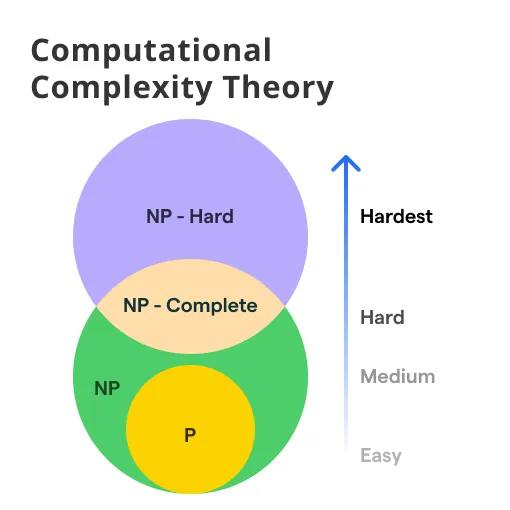What is Computational Complexity Theory?
The core of Computational Complexity Theory is the study of the efficiency of algorithms or computational resources like time and space consumed by algorithms to solve problems.
It is a central field in theoretical Computer Science, contributing greatly to our understanding of what can and cannot be computed efficiently.
Computational Complexity Theory is important in real-world scenarios where efficiency can be a make-or-break factor. By understanding the limits of what computers can do, we can maximize their potential and avoid investing in impossible tasks.
In Computational Complexity Theory, problems are often classified into complexity classes. The most popular and basic class, P, consists of problems that can be solved in polynomial time. Another well-known class, NP, is composed of problems whose solutions can be verified in polynomial time.
Key Concepts
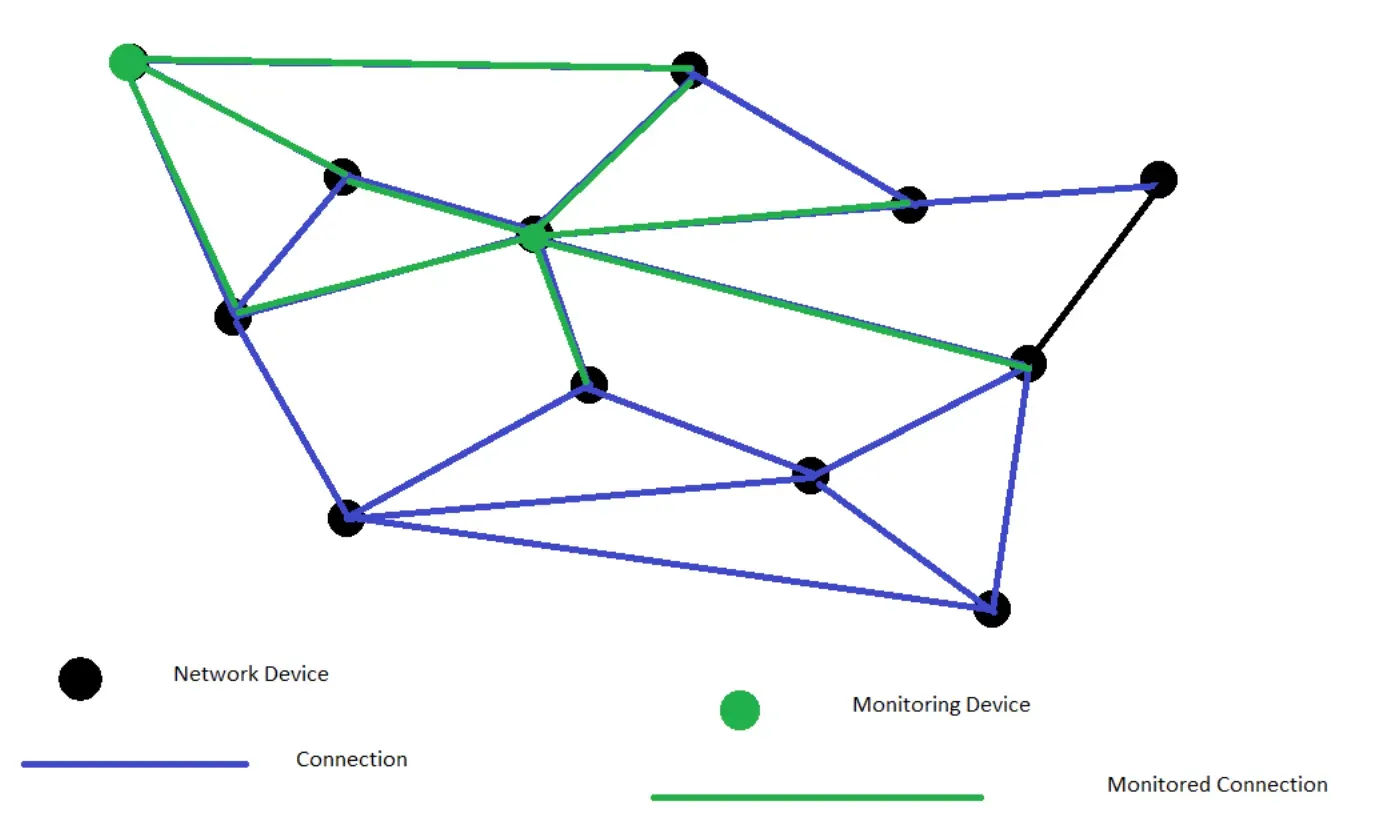
Some key concepts in this theory are tractability, intractability, P vs NP problem, deterministic vs non-deterministic algorithms, time complexity, space complexity, and more.
- Time Complexity: Time Complexity is a measurement of the amount of time an algorithm takes to complete with respect to its input size.
- Big O Notation: Used to describe how 'fast' an algorithm grows, Big O Notation gives an upper bound of the complexity in the worst-case, thereby providing a worst-case scenario estimate.
- Time Complexity Classes: There are various classes of Time Complexity, including: Constant Time (O[1]), Logarithmic Time (O[log(n)]), Linear Time (O[n]), Quadratic Time (O[n^2]), and Exponential Time (O[2^n]).
- Significance of Time Complexity: An understanding of time complexity is crucial when developing algorithms to solve complex tasks efficiently. It helps us predict the time an algorithm would take to complete with respect to its input size.
Space Complexity
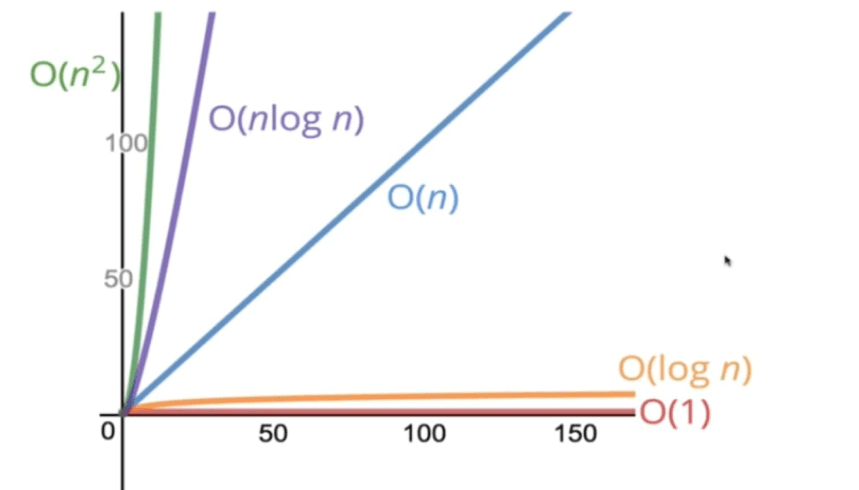
Space Complexity refers to the number of spaces an algorithm needs to run. In other words, it's the amount of memory an algorithm uses with respect to its input size.
Space Complexity Analysis
Analogous to Time Complexity, an increase in problem size generally leads to an increase in space complexity. It plays an important role in the design and selection of algorithms.
Trade-Off between Time and Space
One of the major considerations when designing algorithms is considering the trade-off between Time and Space Complexity. Faster algorithms often require more space and vice versa.
Space Complexity Classes
Space Complexity also has its classes including: Constant Space (O[1]), Linear Space (O[n]), and Quadratic Space (O[n^2]).
NP and P Classes
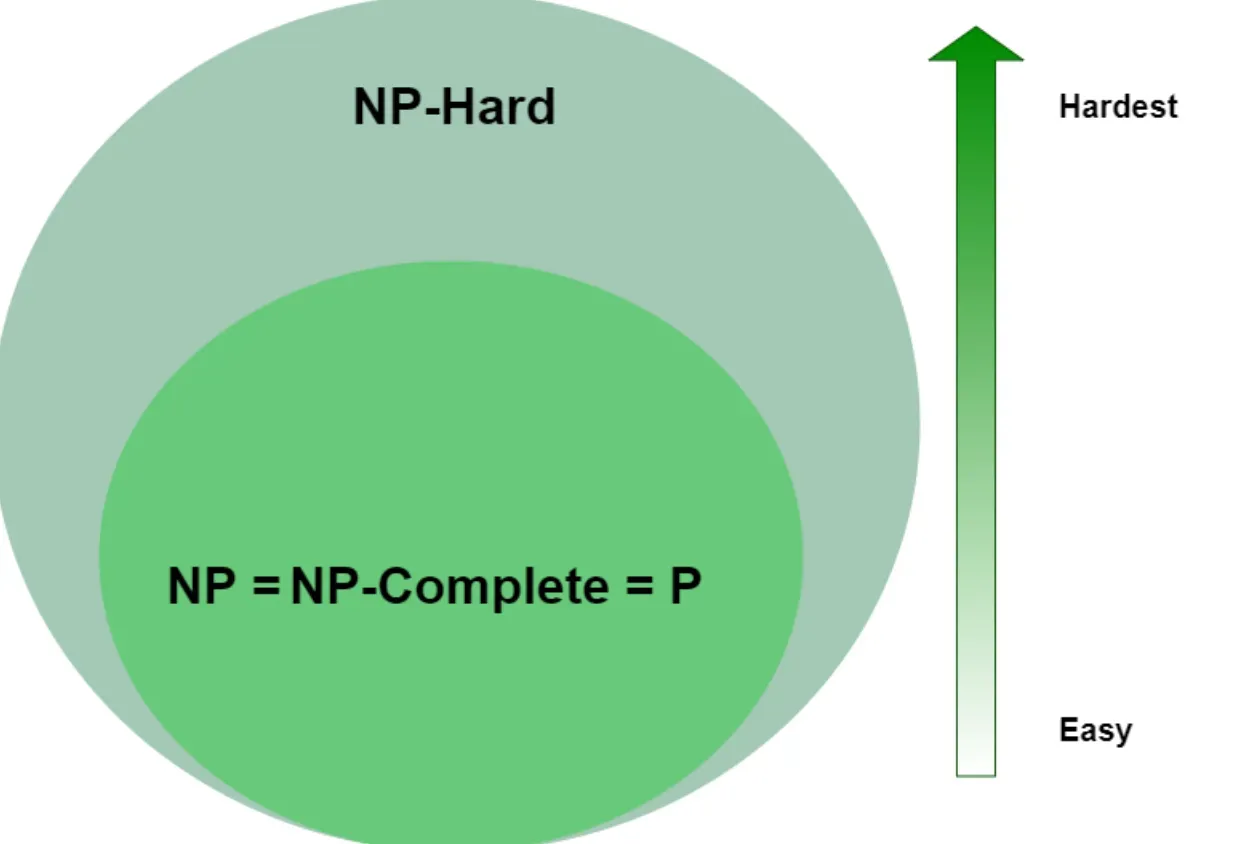
P Class refers to a set of problems that algorithms can solve in Polynomial Time. The simplest algorithms tend to fall in this class.
- Definition of NP Class: The NP class includes problems whose solutions can be checked in Polynomial Time.
- P vs NP Problem: The P vs NP Problem is an unsolved question in Computer Science. It basically questions if every problem has a solution we can verify quickly and can also find a solution quickly.
- Importance of P vs NP Problem: Solving the P vs NP problem would lead to a strong understanding of the nature of complexity within mathematics and the limits of computation.
Intractability and NP-completeness
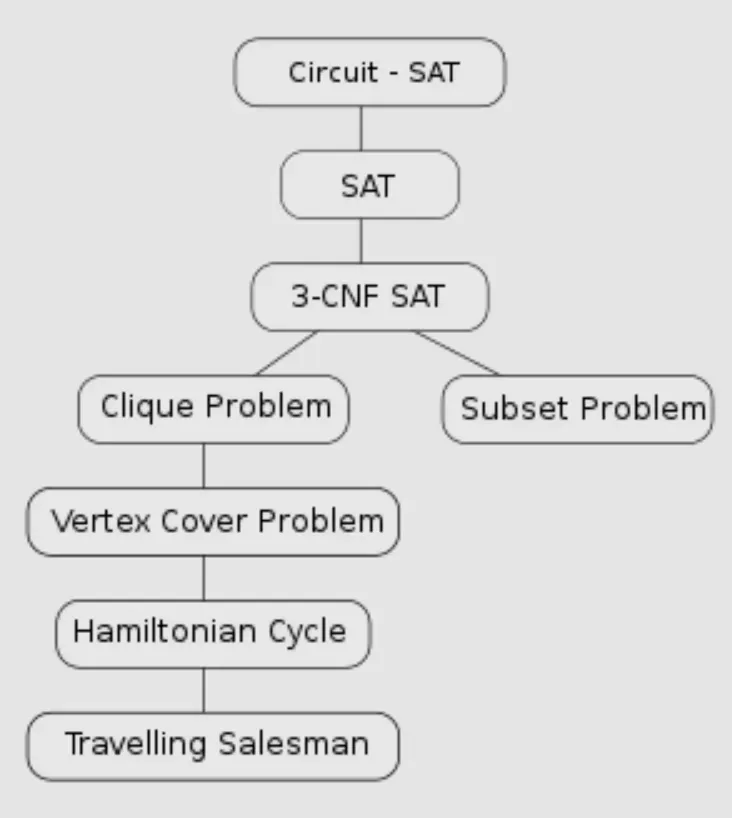
Intractability refers to problems that are theoretically solvable, but it’s practically impossible to do so due to the time it would take to find a solution, even with the fastest computers.
Definition of NP-completeness
NP-completeness is a class of problems that are the hardest problems in NP. If a polynomial time algorithm can be found for any NP-complete problem, it can be found for all NP problems.
Characteristics of NP-complete Problems
NP-complete problems have two characteristics: the solution can be verified in polynomial time, and if you know how to solve one NP-complete problem, you can solve them all.
Cook’s Theorem
Cook’s Theorem was the first to demonstrate the existence of NP-complete problems, setting the stage for further explorations into complexity theory and pivotal tools for analyzing problems.
Frequently Asked Questions (FAQs)
What is Computational Complexity Theory?
Computational Complexity Theory is the study of the efficiency of algorithms, particularly the time and space taken by algorithms to solve a problem.
What is the importance of understanding Time and Space Complexity?
By understanding Time and Space Complexity, we can estimate how long an algorithm will run or how much memory it will consume, enabling us to make informed choices between different algorithms.
What is the P vs NP Problem?
The P vs NP Problem is an unsolved question in Computer Science. It asks if every problem whose solution can be checked quickly can also be solved quickly.
What is NP-completeness?
NP-completeness is a class of problems that are the hardest problems in NP. If a polynomial time algorithm can be found for an NP-complete problem, it can be found for all NP problems.
What is Intractability?
Intractability refers to problems that are theoretically solvable, but practically impossible due to their computational demand.
